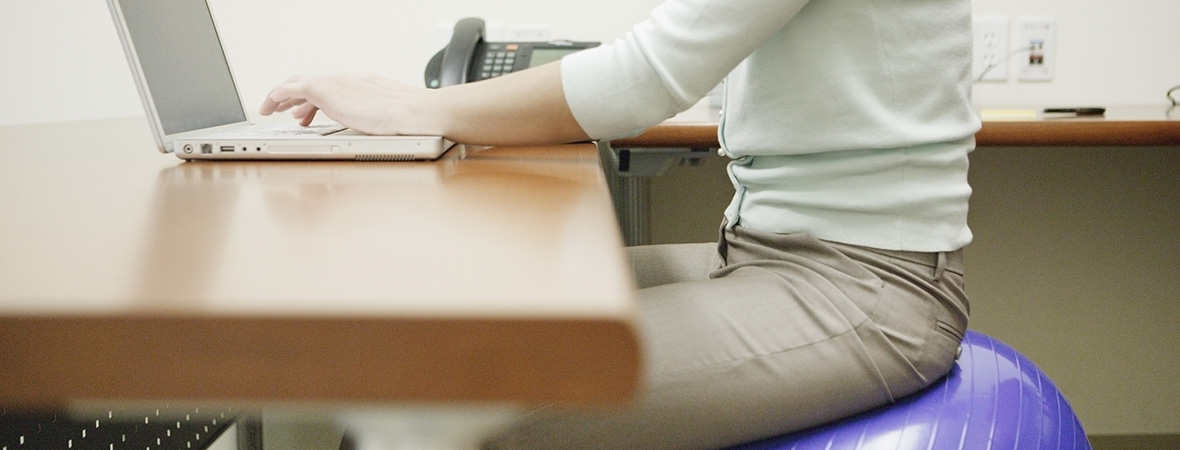Our trained practitioners use a wide range of techniques in order to help alleviate the pain you may have from increased sitting and poor posture. Some of the techniques we use include;
- Soft tissue massage therapy
- Deep tissue therapy
- Trigger point therapy
- Joint mobilisation
- Gentle joint manipulation (only if clinically indicated and with consent of the patient)
- Exercise and rehabilitation programs
- Trigger point dry needle therapy
- Postural assessment and specific corrective exercises
By making the right changed to your workstation, improving your body’s muscle and joint health, and starting you on a rehab/strength program, we can reduce the discomfort you have due to your posture and work station. Here are a few tips to help reduce pain and discomfort from poor posture and increased sitting;
- Sit less!
- You can improve your health just be moving around. Try standing while talking on the phone, have walking meetings, take regular short breaks to walk around the office, get a glass of water or stretch.
- Set up your workstation correctly.
- If there is an OH&S representative at your work, have them do an assessment of your work station.
- Your chair
- Hips, elbows and knees should be at open angles (slightly more than 90 degrees) (5).
- Recline slightly to ease lower back pressure (6).
- Thighs parallel to floor.
- Ensure feet are flat on floor (or use footrest).
- Sit about one arms-length from the monitor.
- Your screen
- The centre of the screen should be at eye level
- Mouse and keyboard
- Keep wrists in neutral position, not bent up or down.
- Only use wrist rests while resting, not when typing.
- Keep alphabetical section of keyboard centred to you.
Dont let your posture or pain from sitting stop you, get help now!
Call us now on 9570 1552
- Dunstan, D., ‘Sitting Nine to Five (And Beyond) : The Perils of Sedentary Lifestyles’, The Conversation, 11 August 2011, Retrieved 1/12/11 fromhttp://theconversation.edu.au/sitting-nine-to-five-and-beyond-the-perils-of-sedentary-lifestyles-857
- Masters, M.,‘Why sitting all day is slowly killing you’, msnbc.com, 26 October 2010. Retrieved 1/12/11 fromhttp://www.msnbc.msn.com/id/39523298/ns/health-mens_health/t/why-your-desk-job-slowly-killing-you/#.TtbIybK4qdA
- Pynt, J., Mackey, M., Higss, J. ‘Kyphosed seated postures: extending concepts of postural health beyond the office’, Journal of Occupational Rehabilitation. 2008 Mar;18(1):35-45
- Janwantanakul et al., ‘Development of a Risk Score for Low Back Pain in Office Workers – a Cross-Sectional Study’, BMC Musculoskeletal Disorders 2011, 12:23. Retrieved 7/12/11 from http://www.biomedcentral.com/1471-2474/12/23
- Healthy Computing. Retrieved 12/1/12 fromhttp://www.healthycomputing.com/office/setup/chair/
BBC News. ‘Sitting Straight is ‘Bad for Backs’ ‘, 28 November 2006. Retrieved 12/1/12 from http://news.bbc.co.uk/2/hi/6187080.stm


